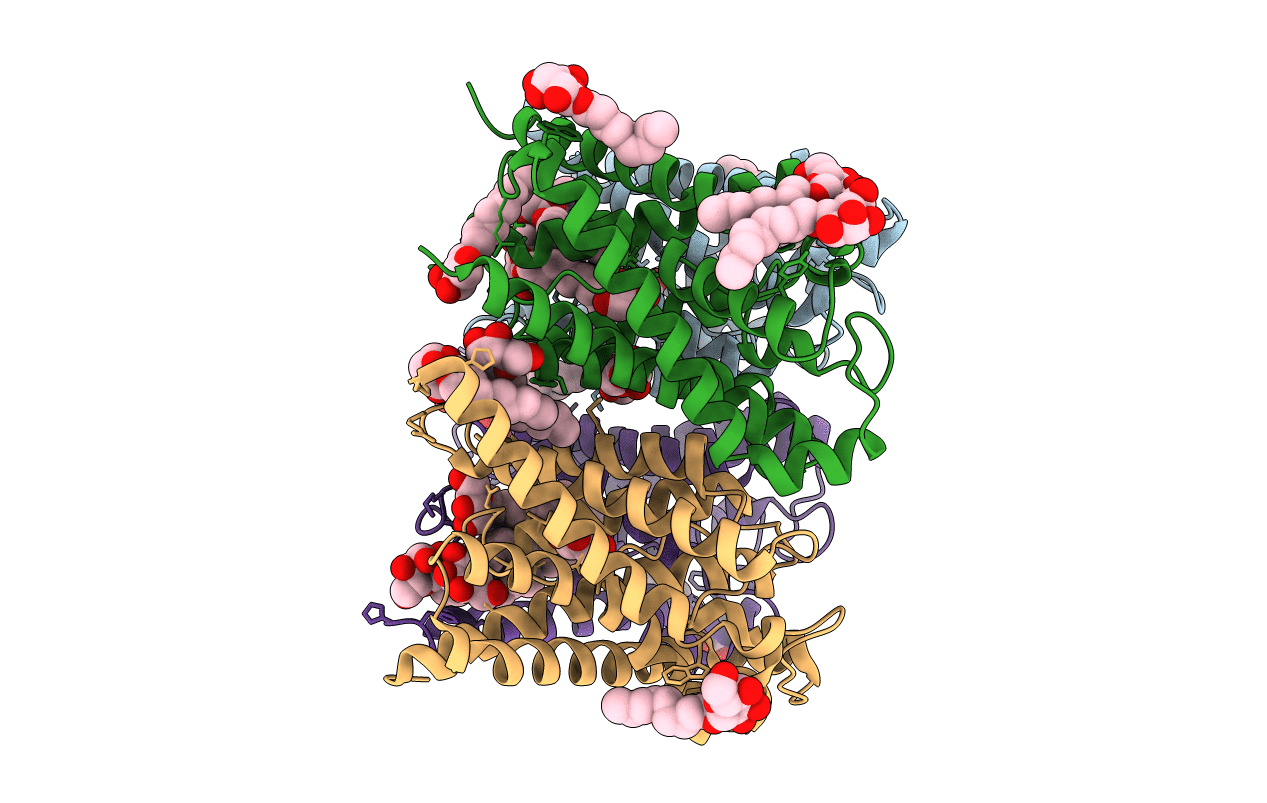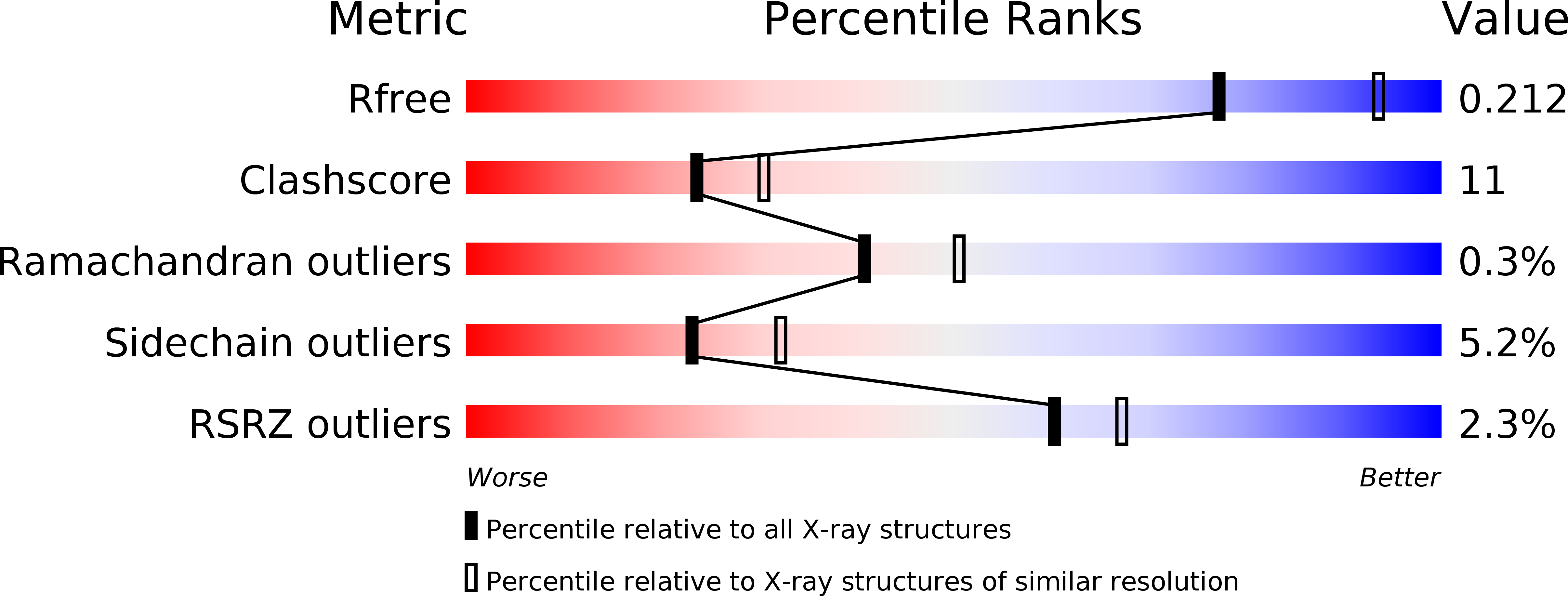
Deposition Date
2017-12-08
Release Date
2018-11-21
Last Version Date
2024-05-08
Method Details:
Experimental Method:
Resolution:
2.30 Å
R-Value Free:
0.21
R-Value Work:
0.18
R-Value Observed:
0.19
Space Group:
P 21 21 21


